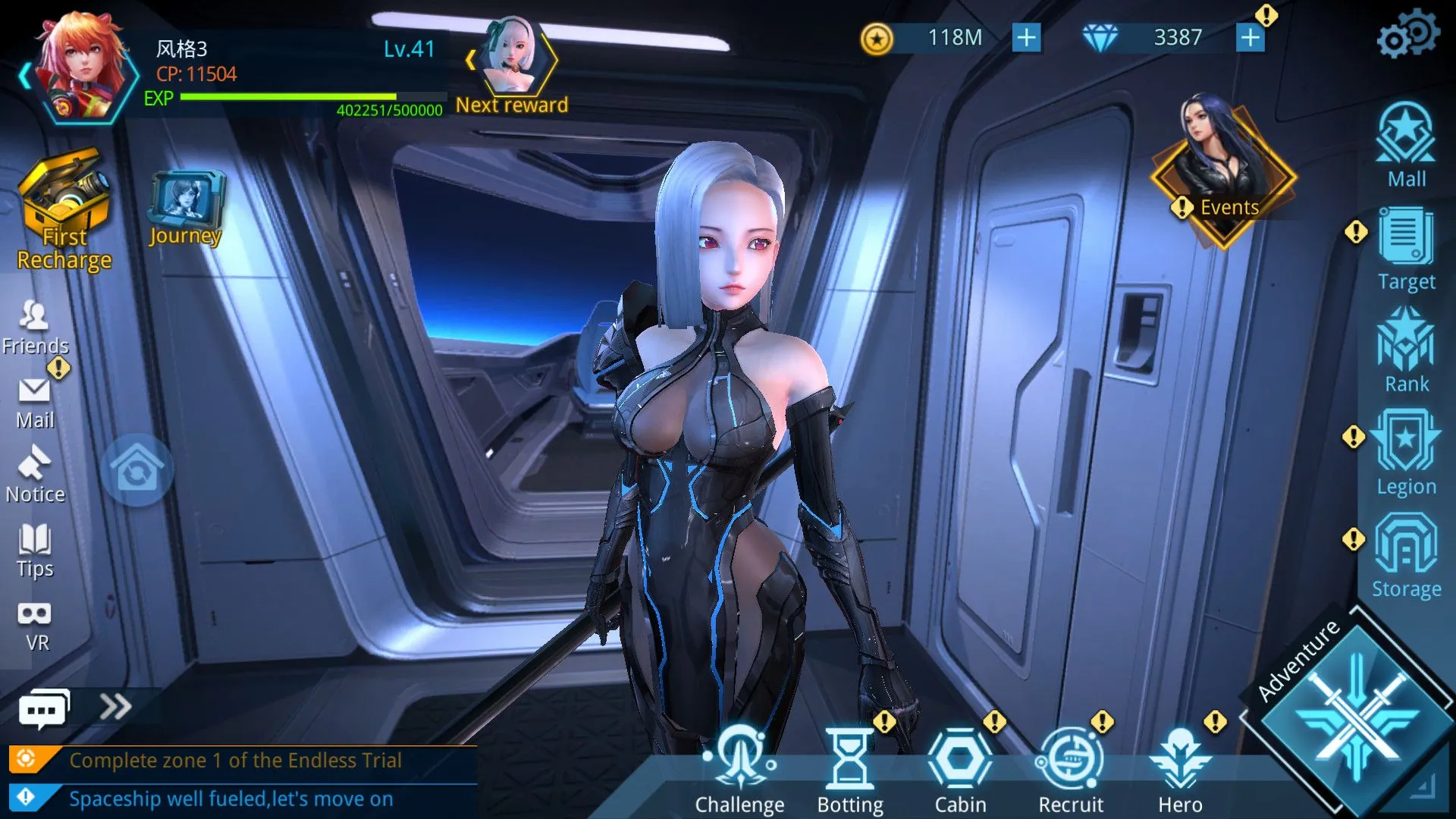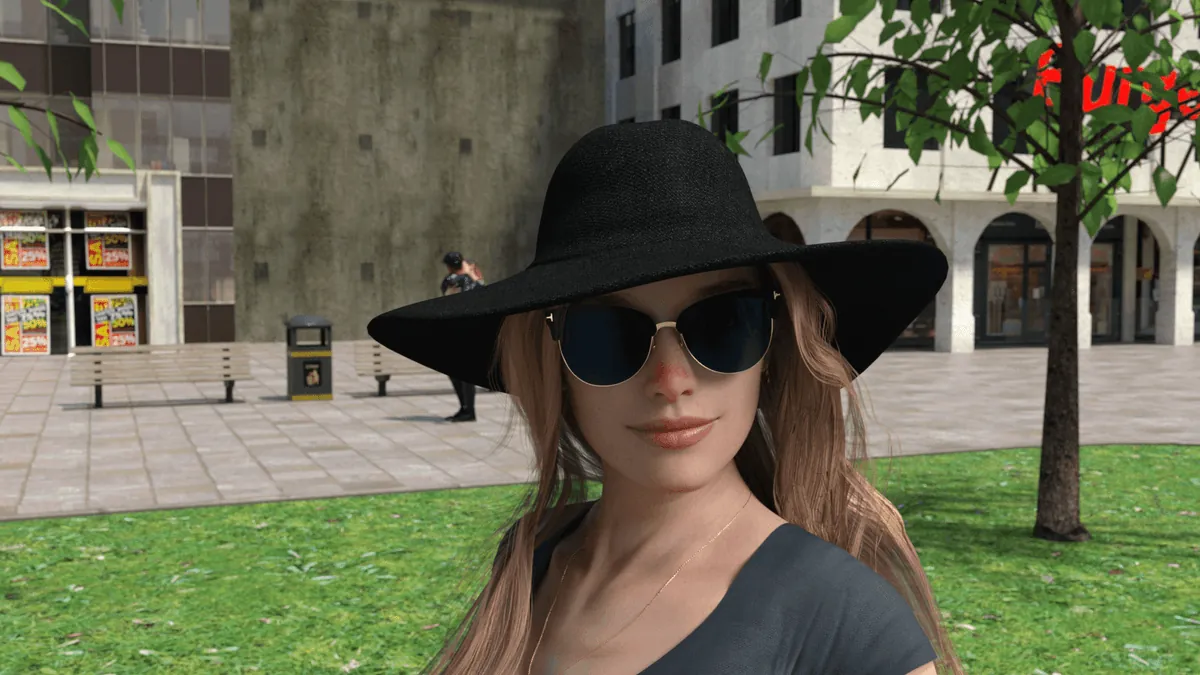
Meeting
Play Meeting
Meeting review
Master the relationship-building mechanics and strategic elements of this interactive narrative experience
Meeting is an interactive narrative-driven experience that combines relationship-building mechanics with strategic decision-making. This game stands out for its focus on meaningful character interactions, time management, and consequence-driven storytelling. Whether you’re new to the game or looking to deepen your understanding of its systems, this guide explores the core mechanics that make Meeting engaging. From managing your energy and resources to building authentic connections with characters, you’ll discover how to navigate the game’s intricate systems and unlock the full potential of your gameplay experience.
Understanding Meeting Game Mechanics and Core Systems
When I first started playing Meeting, I made the classic rookie mistake – I blew all my energy in the first ten minutes talking to every character I saw, only to find myself staring at an empty energy bar while crucial story moments passed me by. 😫 That painful experience taught me just how vital it is to understand the Meeting game mechanics from day one. This isn’t just a visual novel; it’s a sophisticated relationship simulator where every choice matters and every resource is precious.
Mastering the core systems is what separates players who merely watch the story from those who truly shape it. Let’s break down exactly how to navigate the character interaction system, master the energy management gameplay, and develop a winning resource allocation strategy to ensure you never miss a beat. 🏆
How Character Interaction Works in Meeting
At its heart, Meeting is a game about connections. The character interaction system is your primary tool for shaping the narrative and deepening your bonds with the diverse cast. Think of every conversation as an investment – you’re spending time and energy to build a foundation for future storylines.
I learned this the hard way with the character “Leo.” I initially found him aloof and focused my attention on more immediately friendly characters. Big mistake. 🤦♀️ By neglecting our early, somewhat awkward conversations, I had locked myself out of a beautifully complex redemption arc that only triggers after reaching a certain affection level progression with him. The game remembers everything.
There are three primary ways you’ll interact with characters in Meeting:
- Talking: The most basic, yet most nuanced, interaction. You’ll choose from multiple dialogue options, each carrying different emotional weights and potential affection level progression gains.
- Giving Gifts: Characters have unique preferences. Giving a well-chosen gift is a massive boost to your relationship, but a generic or disliked gift can actually set you back.
- Sending on Assignments: Later in the game, you can send characters on tasks that yield resources and sometimes trigger special, off-screen story beats that deepen their development.
The brilliance of the character interaction system is that it feels organic. A character’s mood, the time of day, and even the location can influence the outcome of your interaction. Paying attention to these subtle cues is a key part of the Meeting game mechanics.
To help you plan your social strategy, here’s a breakdown of the main interaction types:
| Interaction Type | Energy Cost | Average Affection Gain | Primary Rewards |
|---|---|---|---|
| Basic Conversation | 5 | Low | Character Insight, Small Affection Boost |
| Deep Conversation | 15 | Medium-High | Significant Affection, Unlocks Backstory Hints |
| Common Gift | 10 | Low | Small Affection Boost |
| Preferred Gift | 10 | Very High | Large Affection Boost, Potential for Special Dialogue |
| Assignment (Short) | 0 (Time-Gated) | None | Resources, Currency |
| Assignment (Long) | 0 (Time-Gated) | Low (upon completion) | Rare Resources, Special Event Trigger |
🔥 Pro Tip: Don’t just spam conversations. Wait until you see a character has a “!” bubble above their head. This indicates they have a special, time-sensitive interaction that often provides much greater rewards for the same energy cost. This is a cornerstone of any solid Meeting game progression guide.
Energy Management and Resource Allocation
If the character interaction system is the heart of Meeting, then the energy management gameplay is its circulatory system. Your energy pool is limited and recovers slowly, making its strategic use the single most important skill you can develop. My early failure was treating energy like an infinite resource, but the game is designed to make you prioritize.
The core loop is simple but deep: you have a set amount of energy. Conversations, gifts, and some story choices cost energy. When it’s gone, you must wait for it to recharge or use premium currency to refill it. The real challenge lies in the resource allocation strategy – deciding who to talk to, when, and about what.
I now start every gaming session by checking my current objectives. If I’m close to unlocking a new story chapter with a specific character, I’ll dedicate my energy there. If I’m resource-gathering, I’ll focus on sending characters on assignments. Having a plan is everything. 💡
Let’s walk through a real gameplay scenario to illustrate optimal energy management gameplay:
- Starting Energy: 100
- Goal: Unlock “Ava’s” next story chapter, which requires reaching Affection Level 5.
- Current Status: Ava is at Level 4 (75/100 points).
Optimal Energy Allocation:
1. Check for Special Interactions: First, I find Ava and see she has a “!” bubble. I initiate the “Deep Conversation” for 15 energy. This grants me 25 affection points. ✅ (Energy Remaining: 85 | Ava: 100/100 – LEVEL UP!)
2. Claim Reward & Re-assess: Ava’s chapter is now unlocked. I don’t need to spend more energy on her today. Instead, I turn to “Ben,” who is at Level 3.
3. Efficient Gifting: I remember Ben loves “Vintage Postcards.” I had one in my inventory. I give him the gift for 10 energy, netting a huge 30 affection points. ✅ (Energy Remaining: 75)
4. Resource Gathering: With 75 energy left, I decide to send two other characters on 8-hour assignments (costing no energy, but locking them from interactions) and use the remaining energy for three “Basic Conversations” with other characters to slowly build those relationships. This balanced approach is the essence of a smart resource allocation strategy.
The currencies and items you collect are just as crucial as energy. You’ll earn in-game currency from completing tasks and assignments, which can be spent on gifts and other useful items. My advice? Don’t spend wildly early on. Save your currency for those “Preferred Gifts” we talked about, as they offer the best energy-to-affection return on investment in the entire game. 💰
Progression Systems and Unlocking Content
Understanding how to unlock content Meeting style is the ultimate reward for mastering the previous systems. The game doesn’t just hand you the story; you earn it through careful relationship building and strategic planning. The primary driver of this is the affection level progression system.
Each character has their own affection meter, divided into levels. Reaching a new level isn’t just a number going up – it’s a key that opens new doors. This is the core of the Meeting game progression guide: your relationships are your progress.
Here’s what typically unlocks at each stage of affection level progression:
- Levels 1-2: Basic backstory details, initial character-specific quests.
- Levels 3-4: Deeper personal conflicts revealed, access to unique locations with that character.
- Level 5: Major story branch point, often a romantic or pivotal friendship moment.
- Level 6+: Exclusive epilogue scenes, secret story content, and powerful bonuses.
The game is constantly tracking your choices. Did you side with Character A in an argument? That might please them but lower your standing with Character B, potentially closing off a story path until you repair the relationship. This is where a good Meeting game progression guide advises you to play authentically rather than trying to min-max every single interaction on your first playthrough. The beauty of Meeting is in the organic, sometimes messy, connections you form.
To consistently succeed in how to unlock content Meeting has to offer, follow this checklist:
- Focus on a Core Group: Early on, try to deeply connect with 2-3 characters instead of spreading your energy too thin.
- Listen for Clues: Characters will mention their likes and dislikes in conversation. Write them down! This is the best way to find those coveted “Preferred Gifts.”
- Embrace the Wait: The time-gated assignments and energy recharge are there for a reason. Use downtime to plan your next moves.
- Replay Key Moments: Don’t be afraid to use the “Chapter Select” feature later to go back and make different choices. This is the best way to experience all the content.
Ultimately, the Meeting game mechanics are designed to mirror real-life relationship building. It requires time, attention, and genuine investment. By understanding the delicate dance of the character interaction system, respecting the limits of the energy management gameplay, and executing a thoughtful resource allocation strategy, you’ll transform from a passive observer into the author of your own unforgettable story. This Meeting game progression guide is your first step toward mastering how to unlock content Meeting has hidden away, waiting for a dedicated player like you to discover. 🗝️✨
Meeting delivers a compelling experience that blends strategic resource management with meaningful narrative choices. By understanding the core mechanics of character interaction, energy allocation, and consequence-driven storytelling, you can craft a personalized journey through the game. The key to success lies in balancing your limited resources, making thoughtful decisions aligned with character personalities, and exploring the various story branches available to you. Whether you’re aiming to build deep connections with specific characters or experience all the game has to offer, the strategies outlined here will help you maximize your enjoyment and unlock the full depth of the game’s narrative possibilities. Start implementing these insights in your next playthrough and discover how your choices truly shape your experience.










